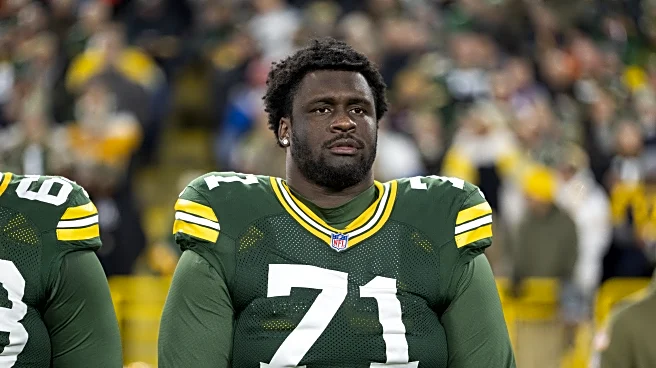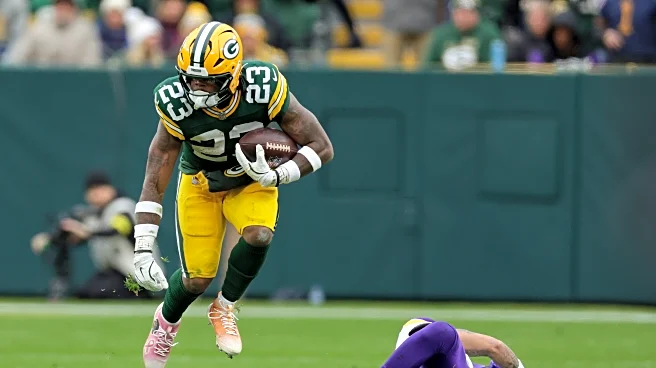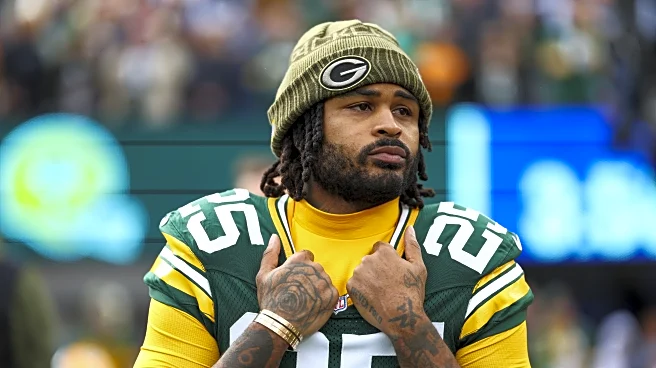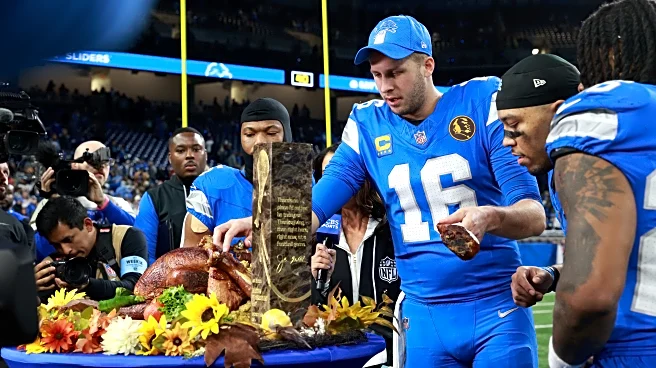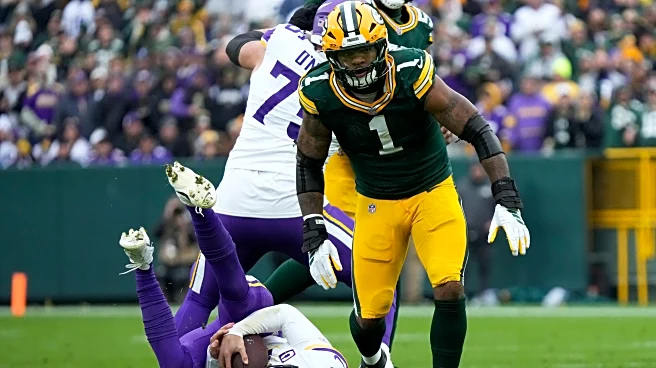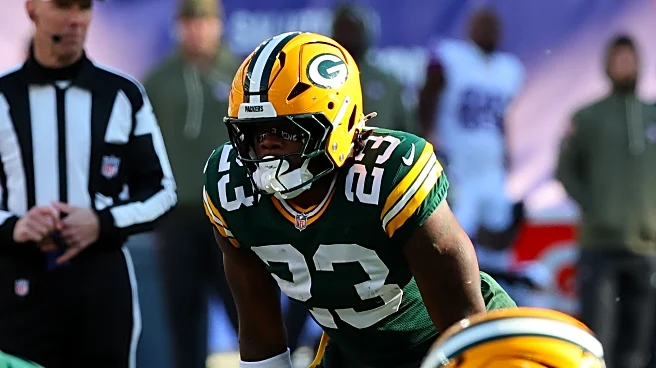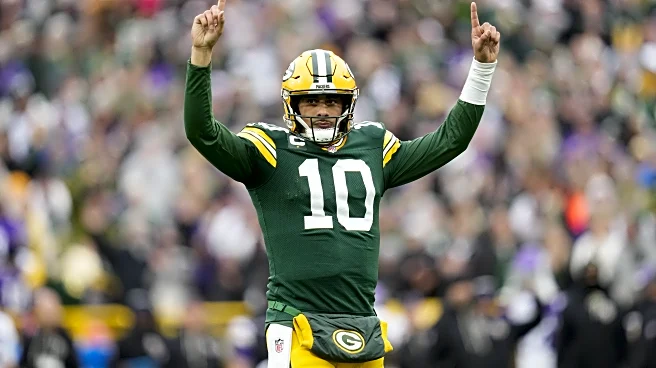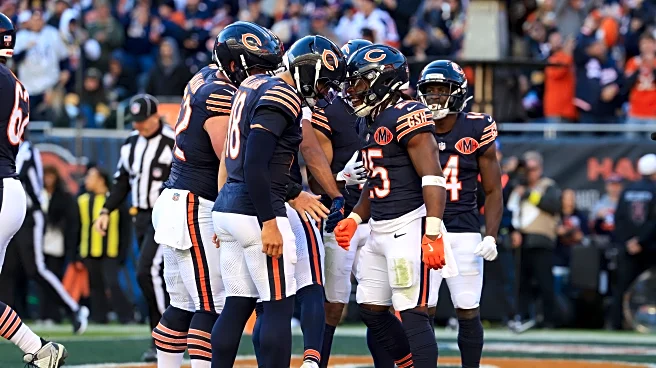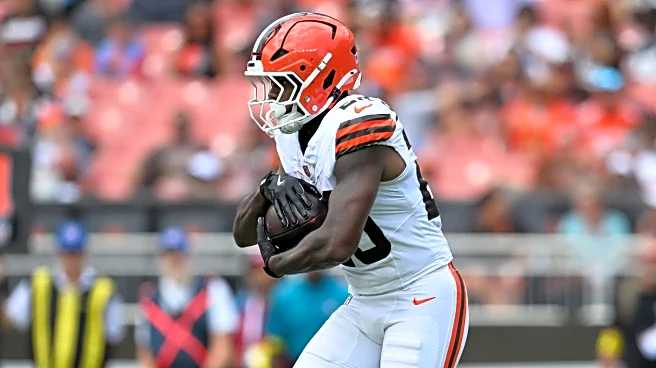Editor’s note: For a big rivalry game between the Detroit Lions and Green Bay Packers, we welcomed Justis Mosqueda to help fill us in about Detroit’s NFC North rivals. Below is his State of the Green Bay Packers analysis,
noting how the Packers have changed in the 12 weeks since the Lions and Packers first matched up. You can follow Justis here on Twitter and get great Packers analysis over at Acme Packing Company .
Offense
Until very recently, the Packers struggled to beat two-high defenses. They’ve been begging to see a blitz for weeks, but even in Week 3, against the hyper-aggressive Jim Schwartz, they didn’t get it. Schwartz turned the offense into a checkdown machine by playing two-high shells at the second-highest rate of his more than two-decade-long career of calling NFL defenses.
Against the Pittsburgh Steelers, the Packers were able to overcome this because tight end Tucker Kraft had the most YAC yards by an NFL tight end since a 2018 George Kittle game. Then…Kraft went down with an ACL and Green Bay lost back-to-back games.
Last week, Green Bay was able to run the ball against the Minnesota Vikings, since there was no real threat that J.J. McCarthy was going to put points on the board. The Packers only played three receivers about one-third of their snaps, but played a sixth offensive lineman (Darian Kinnard) at tight end about one-third of the time, too.
Between the Kinnard usage and the swap of Anthony Belton (rookie second-round pick) for Jordan Morgan (second-year first-round pick) at right guard, the Packers have leaned into getting bigger up front to open up holes for their backs. They really want to force the issue if teams are playing two-high looks. Matt LaFleur looks at these opportunities as must-win run situations, even though the team hasn’t been able to successfully execute that game plan until recently.
For the most part, the Packers have just beaten up on bad run defenses, giving them false confidence in the unit:
Offensive injuries
Beyond just Kraft, quarterback Jordan Love has a separated left shoulder, which has forced him to hand off the ball with his right hand, even when the playcall usually calls for a lefty handoff. Running back Josh Jacobs (knee) also missed last week’s game, as did rookie first-round pick Matthew Golden (wrist).
The hope is that slot receiver Jayden Reed (shoulder) will be back on the gameday roster on Thanksgiving, but he’s still on the injured reserve as of Monday night. If Reed can’t go, it’ll be some combination of Golden or Dontayvion Wicks in the slot this time around.
Center Elgton Jenkins has struggled over the last two years, but is now on the injured reserve. In his place, Sean Rhyan, who previously rotated in at right guard, has moved to center for the first time in his NFL career. He didn’t have any poor snaps last week against the Vikings, and he’s generally played the position better than Jenkins since the move.
Defense
The big thing to watch here is which cornerbacks will be healthy enough to suit up against the Lions. Carrington Valentine is the team’s best cover cornerback by far, but he was splitting time with free-agent signing Nate Hobbs, who is arguably the team’s worst cover corner, before Hobbs was shut down with a second knee injury in 2025.
Hobbs remains on the 53-man roster and was estimated to be a participant in practice on Monday. If he practices this week, it will be the first time that he’s done so since his injury.
This is a stress point on the roster because Keisean Nixon left last week with a stinger. With Nixon out, the team elected to play Kamal Hadden, who was a healthy scratch in three games this season, over Bo Melton. Neither Hadden nor Melton had ever played a regular-season snap on defense before the Vikings game. I don’t make too much out of Hadden’s performance against Minnesota, because they actively tried not to throw the football.
Generally, teams have relied on the quick game and run game, hoping to sustain long drives that way instead of chasing explosives. Opposing offenses really want to avoid seeing this pass rush. To execute this plan, though, you have to play complementary football and keep the Packers’ offense from scoring.
A great example of this was the Vikings games. Up until the two-minute warning in the first half, the Vikings played a run-heavy offense that forced the Packers into their base personnel for 74 percent of snaps. After the two-minute warning, once Green Bay established a lead and forced Minnesota to chase points, they were in base defense just 14 percent of the time.
Defensive injuries
Defensive end Lukas Van Ness (foot) and defensive tackle Karl Brooks (ankle) both were able to suit up last week, but they were on a very limited snap count. I believe this was a little bit of a lookahead spot for the Packers, knowing that the Vikings game was in the bag and that the Lions were coming on a short week.
The only other major injury is to linebacker Quay Walker, who missed last week with a stinger. In place of Walker, Isaiah McDuffie, usually the team’s third linebacker in 4-3 looks, took over as the Mike and green dot. McDuffie was the highest-graded Packers player by Pro Football Focus last week. Filling in for McDuffie is second-year third-round pick Ty’Ron Hopper, who played a solid game and was visibly one of the most improved players on the roster in the 2025 preseason.



